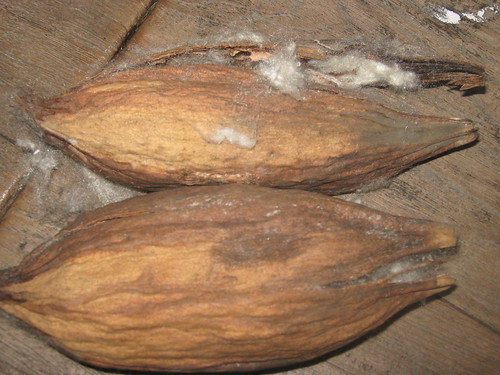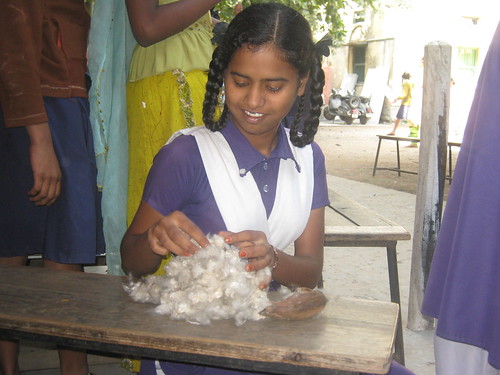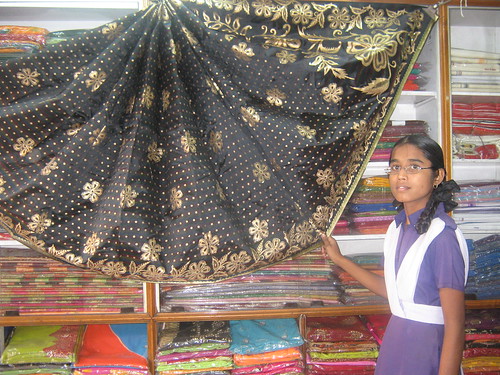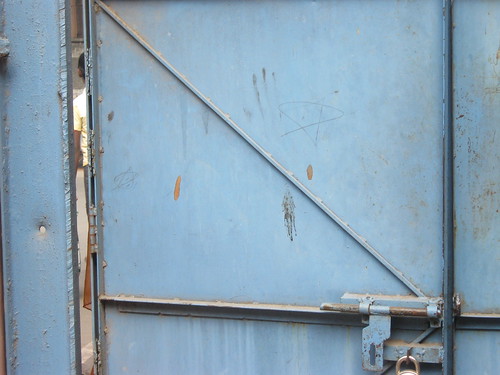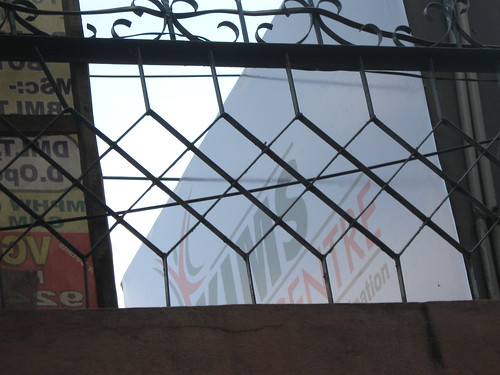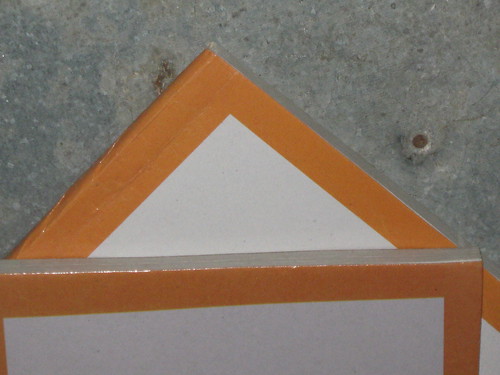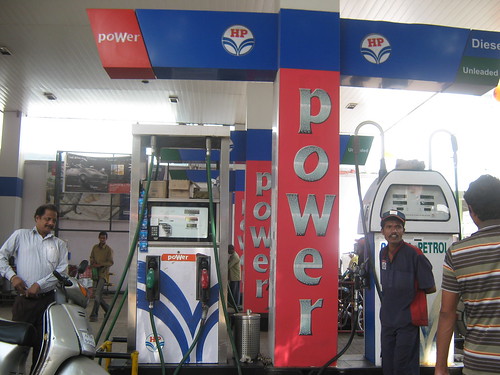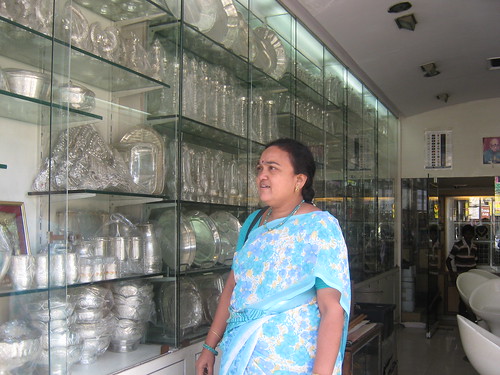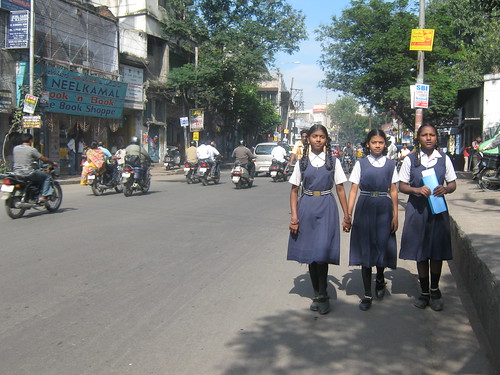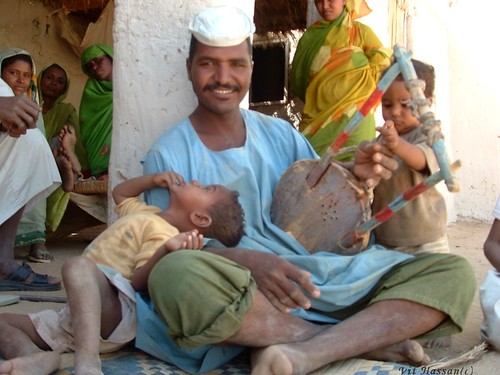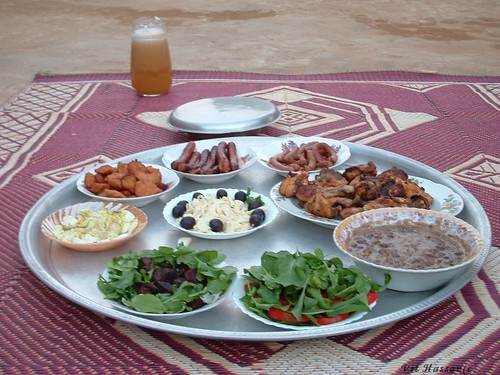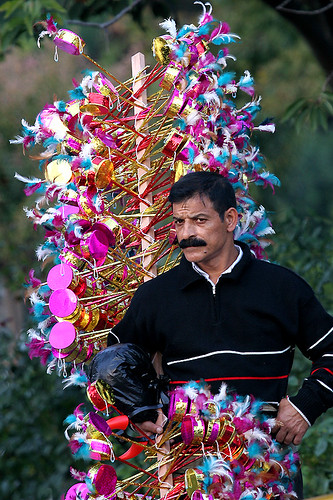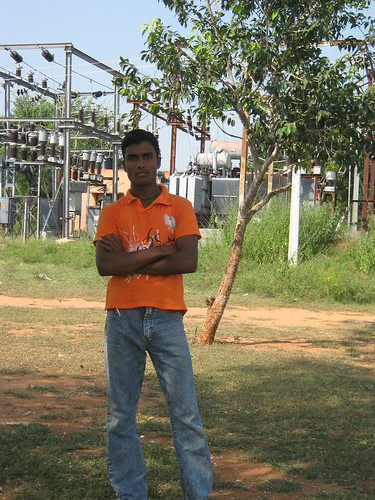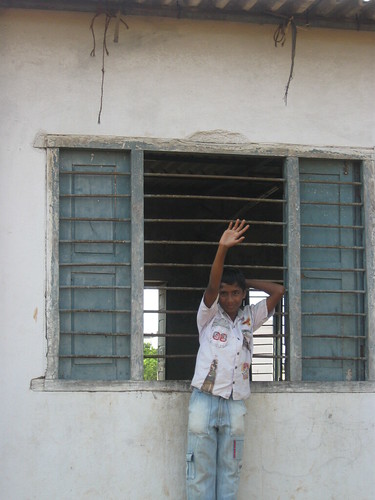
The boys pose in front of their mosque nearest their boarding school
I asked the students to write about a special memory they had. Munna, a student whose group project was on religion, misinterpreted the assignment and wrote to me: Religion is like memory (for) anyone who cannot see with his eyes, he sees with his mind.

A temple near The Modern Story's fellows' apartment in Abids
When asked, ‘If there was one thing you would change about the world,’ Krrish responded: I would convert the whole world to Islam. I asked him what he would do if he met someone who believed in a different religion and did not want to be converted. He said, ‘I would respect him. But I would tell him how he was living was wrong.’ In response, Krrish will be exploring how the diversity of religions in India relates to him by working on fictional conversations, a dialogue, that he would imagine to take place between himself and people of different faiths that he meets. His responses reminded me a lot of the delicate discussions I took part in with World Faith in Lebanon following the 2006 war. Arbani, an energetic small 9th grader, will be exploring religion through a graphic novel he is working on. He is a visually oriented student who cannot wait to draw and is always sketching something in his notebook. He will be exploring religious tensions in his community, Hyderabad, and India through a series of illustrated stories that I hope to be posting soon.

A Hindu temple near the Muslim APRS Boys school
Another student, Khasim, wrote a poem about the afternoon sunlight near the mosque where he prays:
Afternoon comes
it goes
to the river to ride on buffaloes
to the big animals
and enjoys them all
This way the afternoon, like a crow, enjoys the whole day.
Both religion and issues related to health including dengue, malaria and the recent floods seem to be issues that concern the students on a daily basis. Nadeem, for example, wrote about those Indians that have had to deal with the heavy rains this summer:
Mud in our homes
Mud in our beds
Mud in our bones
Where do we eat.
Where do we sleep.
Sajjid, a student that has a lot of experience with cameras and has been patiently waiting his turn to show his skills, wrote the following about the floods in Andhra Pasha.
There is a man
in the water
in the (midst) of his poverty
floating on the flood
There is a man
by the water
eating all the money.

One theme students will be exploring this semester is health. This is a photo of one of Hyderabad's most famous hospitals: Osmania
Arshan had one of the most poignant insights into the crossroads between religion and the floods in Andhra Pasha in his letter to the Chief Minister:
“Look at how the people are before the flood. Look at how they collect money to help. People go to the Mosque, the Temple, the Church and they all come away with money to give to people of the flood.”



